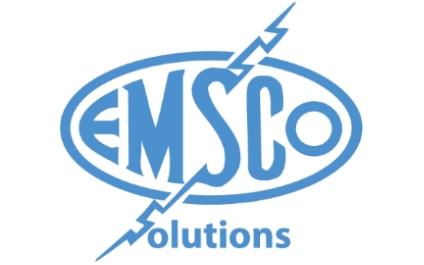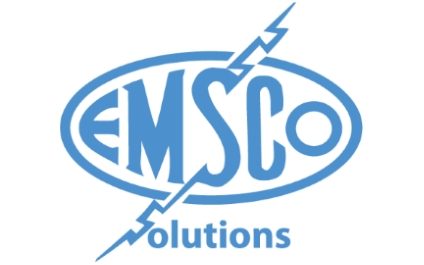 Preventing healthcare malware attacks should be a top priority for Oklahoma home healthcare organizations.
Preventing healthcare malware attacks should be a top priority for Oklahoma home healthcare organizations.
Implementation of the electronic health record (EHR) has allowed the home healthcare industry to advance significantly and improve the delivery of patient care. However, although the EHR has promoted great strides in healthcare, it does not come without risks.
With sensitive patient information at the fingertips of healthcare professionals and organizations, the priority needs to be maintaining the security of this data.
Target for Hackers
The healthcare industry has become an attractive target for hackers who are determined to breach healthcare security for the following reasons:
- The data that is stored is sensitive as it contains detailed personal and financial information.
- Healthcare organizations provide large attack surfaces. The need to stay connected with their patients, staff, business partners and insurers requires the use of external networks and web applications which can make an organization vulnerable.
Preventing Attacks
Below are six tips home healthcare companies can implement to prevent malware attacks, keeping protected health information secure.
- Protect incoming Internet traffic. For a hacker to gain access to data, there first has to be an avenue for entry. Data circuits and Internet connections need to be protected by a robust firewall. This protects against unwanted incoming traffic.
- Maintain security of remote access. Two-factor authentication and secure passwords should be utilized when granting access to user accounts. It is recommended to log remote access activities for use in audits.
- Update anti-malware software regularly. This software is essential to prevent healthcare malware attacks. The software companies are constantly monitoring for threats and push out updates on a regular basis to make improvements and include measures for prevention to deter malware noted in other attacks.
- Update operating systems as security patches are released. The most current security releases and patches need to be installed on all systems as operating systems improve continuously.
- Limit outbound Internet traffic. Recent breaches have involved software that had become resident on a company’s network. When this occurs, sensitive data can be sent to a hacker’s system over the Internet. Using a firewall to prevent secure data from leaving the network undetected is an excellent backup defense.
- Protect your email. A healthcare malware attack can be the result on an unwanted email. For better email security, use email encryption, email authentication, and educate employees on email security.
Bottom Line
Healthcare malware attacks greatly impact the operation of an organization, however over time operating systems are restored, and business continues as usual. That is not the case for a patient who has been a victim of a security breach, which has long-lasting, devastating effects.
Healthcare organizations need to monitor the security of their networks to safeguard patient information.
What are some other practices that could be utilized by home healthcare companies to prevent malware attacks? Let us know your thoughts in the Comments box below.
And to follow up on the tips introduced in this article, be sure to download your free Information Technology Guide for Oklahoma City Home Health Care Organizations.


Leave a comment!
You must be logged in to post a comment.